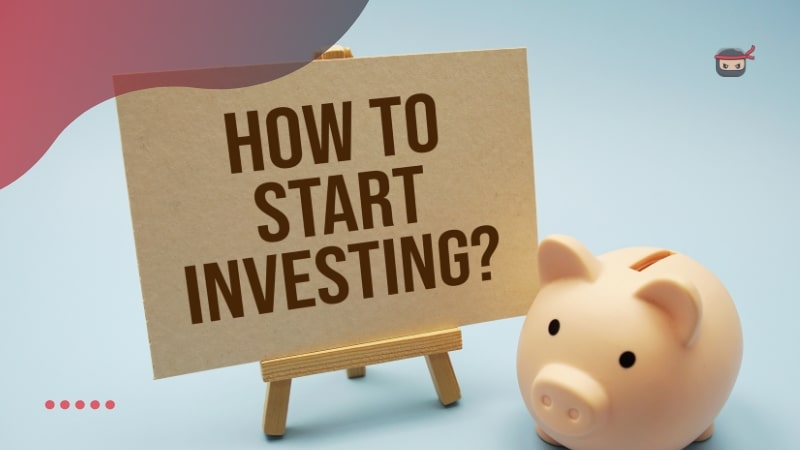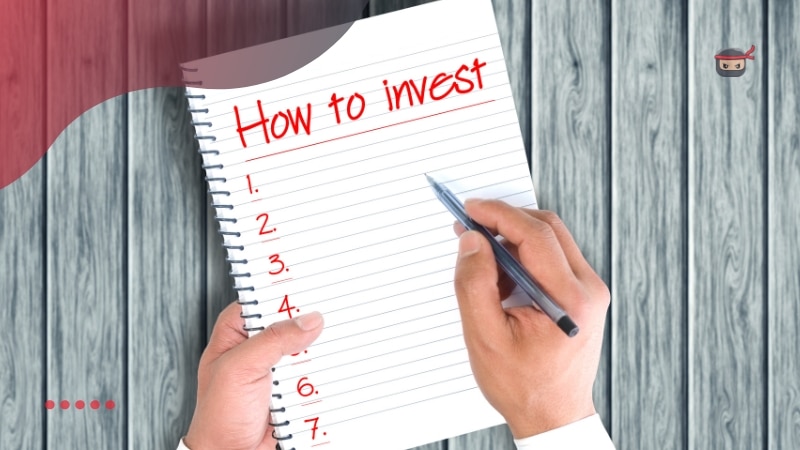Are you wondering how to start investing? Today, it is no longer possible to live off the pension provided by the government. It is necessary to start thinking about the future and what your life will be like when you reach old age, and the best way to do this is through investments.
However, how to start investing? This is the question we are going to help you answer today. You will know everything you need to get started, from investments to brokers, and even a step-by-step guide to starting in the right way.
The purpose of this guide is to give you an objective and direct roadmap for how to start investing, eliminating any doubts about investments. Let’s go!
Main benefits of investing in Canada

Canada establishes itself as an interesting and low-risk market for long-term investors.
This confidence is based on crucial fundamentals for those seeking to mitigate the inherent volatility of global financial markets.
Moreover, this country rewards investment not only for the nature of the assets, but primarily for the tax vehicles it has created.
You can still get tax exemption on profits, as happens with the TFSA, making it an excellent cost-benefit for beginner investors.
Step-by-step guide on how to start investing
The investment process in Canada requires an analytical approach, demanding your attention.
We have synthesized everything in the roadmap below that simplifies everything you need to know about how to start investing, in a simple and objective way.
1. Meet the requirements below to start investing (How to Start Investing)
The starting point for any investor in Canada is to know the legal basis for participation in the regulated financial system.
Initially, the Social Insurance Number (SIN) is mandatory for all residents who wish to open any registered account (TFSA, RRSP, FHSA, RESP) and to report contributions to the Canada Revenue Agency (CRA).
To qualify to open a TFSA and make contributions, an individual must be 18 years of age o have reached the age of majority in their province, in addition to being a resident of Canada.
2. Build your emergency reserve
To start right, you must build an emergency reserve.
Initially, it should cover three to six months of expenses.
This reserve should be kept in highly liquid and secure accounts, such as High Interest Savings Accounts (HISA), which offer real daily returns with full liquidity, or in Guaranteed Investment Certificates (GICs), which offer guaranteed returns without risk of principal loss.
3. Choose between TFSA or RRSP accounts (How to Start Investing)
The most critical decision for an investor is the choice of the means by which they will invest.
Beginners generally prefer the TFSA, as the flexibility of withdrawal and completely tax-free growth outweigh the small tax deduction that an RRSP has.
On the other hand, those with high incomes should prioritize the RRSP, as the immediate tax deduction is maximized, obtaining a large tax refund, and the tax is deferred until retirement, when income will presumably be lower.
4. Choose your broker and decide which assets to invest in
The broker should be chosen based on its ability to support Canadian registered accounts and offer low fees.
Brokers that offer zero commission for ETFs and stocks are preferable, as they minimize costs and maximize the reinvestment of profits, essential for starting investing efficiently.
Opening an account with brokers is easy, everything is done online.
From this, you just need to choose the assets and start investing. Do you have doubts about which are the best assets? Learn about the best investments for long term goals and also the best investments for short term goals.
The 5 Best Online Brokers to start investing

The choice of broker should maximize returns by minimizing brokerage fees and supporting tax accounts.
The focus should be on platforms with zero or very low costs for ETFs and stocks traded in Canada and the US. Which offer all essential registered accounts (TFSA, RRSP, FHSA), allowing you to start investing without costs. Let’s look at the main market alternatives.
1. Wealthsimple Trade
Wealthsimple Trade is recommended for the retail investor due to its ease of use and cost structure.
As a rule, Wealthsimple Trade offers CAD $0 (Zero Commission) for trading Canadian and American stocks and ETFs, which makes it ideal for beginners.
It offers full support for TFSA, RRSP, and FHSA.
The only point of attention is that it charges a currency spread for trading US assets, unless the investor uses a plus account with fixed monthly costs. Its greatest highlight is its ease of use and zero brokerage cost.
2. Questrade (How to Start Investing)
Questrade is one of the largest independent players in Canada, known for its focus on active investors.
It offers zero commission for buying all ETFs listed in Canada
However, it charges variable fees for selling ETFs and for buying/selling stocks.
Furthermore, the broker offers full support for all registered accounts: TFSA, RRSP, FHSA, and RESP.
Its diferencial is offering accounts in US dollars, which is advantageous for frequent trading of US assets, especially for those with a more active [How to start investing] strategy.
3. Interactive Brokers
Although the Interactive Brokers (IBKR) platform is more complex, it is undoubtedly the best in terms of cost-benefit for high volume or global investment.
Its brokerage fees are extremely low for stocks and ETFs, starting from CAD 0.01 per share, with a minimum of CAD 1.
Furthermore, the broker offers support for TFSA and RRSP.
Its highlight is offering the best exchange rates on the market. Making it ideal for investors who transfer large sums between CAD and USD to invest in American exchanges. Which makes it a powerful choice for the experienced investor looking to start investing on a global scale.
4. Fidelity (How to Start Investing)
Fidelity is known for its market research, but its brokerage fees for individual stocks make it unsuitable for a low-cost strategy.
This is because the fees are high for stock trading, reaching CAD 19 per transaction.
However, it offers support for TFSA and RRSP.
Based on this, Fidelity is more suitable for investors who use managed mutual funds or who value advanced research tools. And not for the beginner investor looking to start investing through low-cost ETFs and direct stock trading.
5. Tangerine Investment Funds
Tangerine attracts investors seeking simplicity and integrated banking services, focusing on low-risk products.
The platform does not trade stocks or ETFs directly. Instead, it offers its own Index Funds.
This broker is notable for offering Registered Savings Accounts (RSP Savings Account) with variable and competitive interest rates, within the RRSP.
Conclusion
The path to financial success as a beginner investor in Canada is based on strategy and mainly on patience.
We recommend that you start by prioritizing the TFSA to maximize tax-free growth and flexibility, especially if you are at the beginning of your career. Soon after, use the RRSP strategically in high-income years to maximize the tax deduction. And activate the FHSA if buying your first home is a defined goal.
Implement the strategy using a zero-cost broker like Wealthsimple Trade and leverage the passive approach of low-cost All-in-One ETFs.
Now you have everything you need to get started. Take it easy and don’t invest driven by emotion, good luck and success in building your financial freedom.

